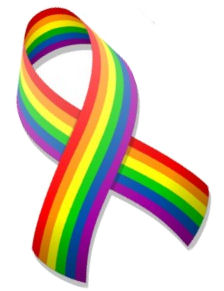Most sociology 101 students don’t actually do sociology. They read about sociological research, but they themselves don’t typically have the opportunity to partake in it. Imagine an intro to physics where students weren’t expected to do physics, an intro to composition class where students didn’t write, or even a spanish 101 course where not a spanish word was uttered. Each would be preposterous. And yet a sociology class where students don’t actually do sociology is par for the course.
The reason for sociological research absence in soc 101 classes is somewhat obvious. It’s hard to get a class of 30 students to independently conduct sociological research and most of us are teaching intro to soc classes with hundreds of students. Also, sociological research is a complex beast and it takes practitioners years to really learn how to do sociology. This summer I’ve made this issue my nut to crack and I think I have found a way to offer your students a chance at doing sociological research in your soc 101 class regardless of how many students you have. I have developed a solution that I will be using this fall when I teach a Soc 101 class that has 400+ students in it.
If you are going to have a class this size do anything you need to have 1) really clear directions, 2) a way to automate most of the tedious repetitive work, and 3) you need to simplify the complex research process down into a few key ideas. To address all three of these I have created an activity that asks my students to conduct survey research on why students don’t do the readings assigned in their classes. The students have to write their own hypothesis statement that identifies an independent and dependent variable and then design and implement a survey that will allow them to test their hypothesis.
Sounds like a whole lot of work right? Well the process is radically simplified by using Google docs. Google docs allows users to create “forms” (a.k.a. surveys) to collect and analyze data. It’s dead simple to create a survey, make it a stand alone webpage, get users to fill it out, and then use Google’s “Analyze data” wizard to get simple descriptive statistics and graphical representations of your data. After students have collected and analyzed their data they can “share” their form/survey with you and you can easily see all their survey, the data they collected, and their statistical analysis.
I’ve created the base directions for this activity which you can download here. I’ve also created a handout for creating surveys on Google Docs that walks students through the process step by step with images and clear directions, download them here. I also wanted my students to learn a little about survey methodology so I created a “Do’s and Don’ts of Good Survey Question Design” handout which you can download here.
Hopefully this assignment will allow our students to experience sociological research without creating mountains of paperwork and unnecessary hassle for us. If you use this or you have your large classes conduct sociological research in another way I’d love to get feedback from you. Send me an email at Nathan@sociologysource.com and tell me what’s worked for you.








